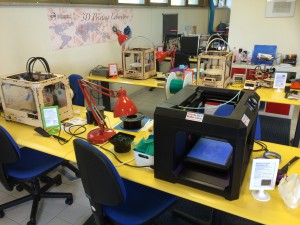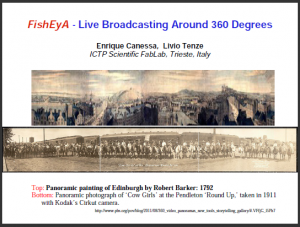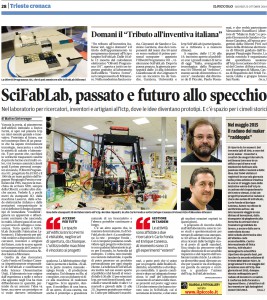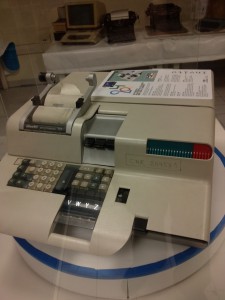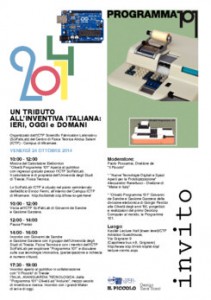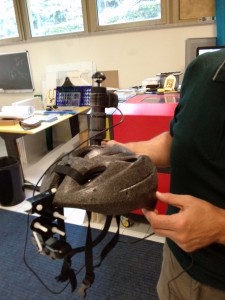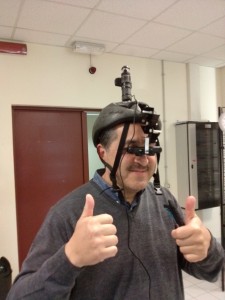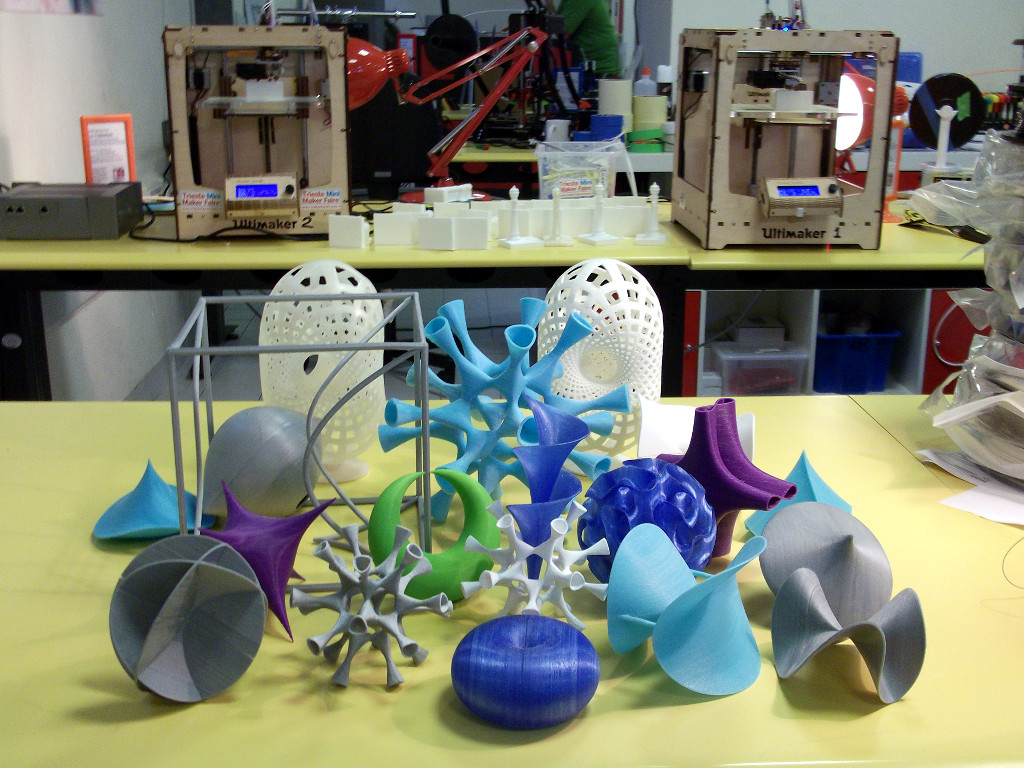L’ICTP SciFabLab intende avere un ruolo significativo come hub a supporto di attività creative. Assieme possiamo esplorare nuove vie in campo scientifico ed educativo, ispirare curiosità e offrire nuovi potenti metodi per un più semplice sviluppo di idee innovative e di grande impatto. Pensiamo e costruiamo!
Questo Bando è rivolto a progetti originali che richiedono l’utilizzo degli strumenti di prototipazione e fabbricazione flessibile controllati dal computer disponibili presso lo SciFabLab ICTP. Verrà data la precedenza a progetti nel campo della scienza, dell’istruzione e dello sviluppo sostenibile.
Fare domanda è semplice: clicca qua per istruzioni
The ICTP SciFabLab aims to play a significant role as a hub to support creative work. All together we can open new dimensions to science and education, inspire curiosity and offer powerful new ways to facilitate the development of new ideas with a significant impact. Let’s think and make!
This call aims at original projects involving the use of the flexible computer-controlled rapid-prototyping and fabrication tools available in the ICTP SciFabLab. Priority will be given to projects in the fields of science, education and sustainable development.
To apply is simple: click here for instructions
